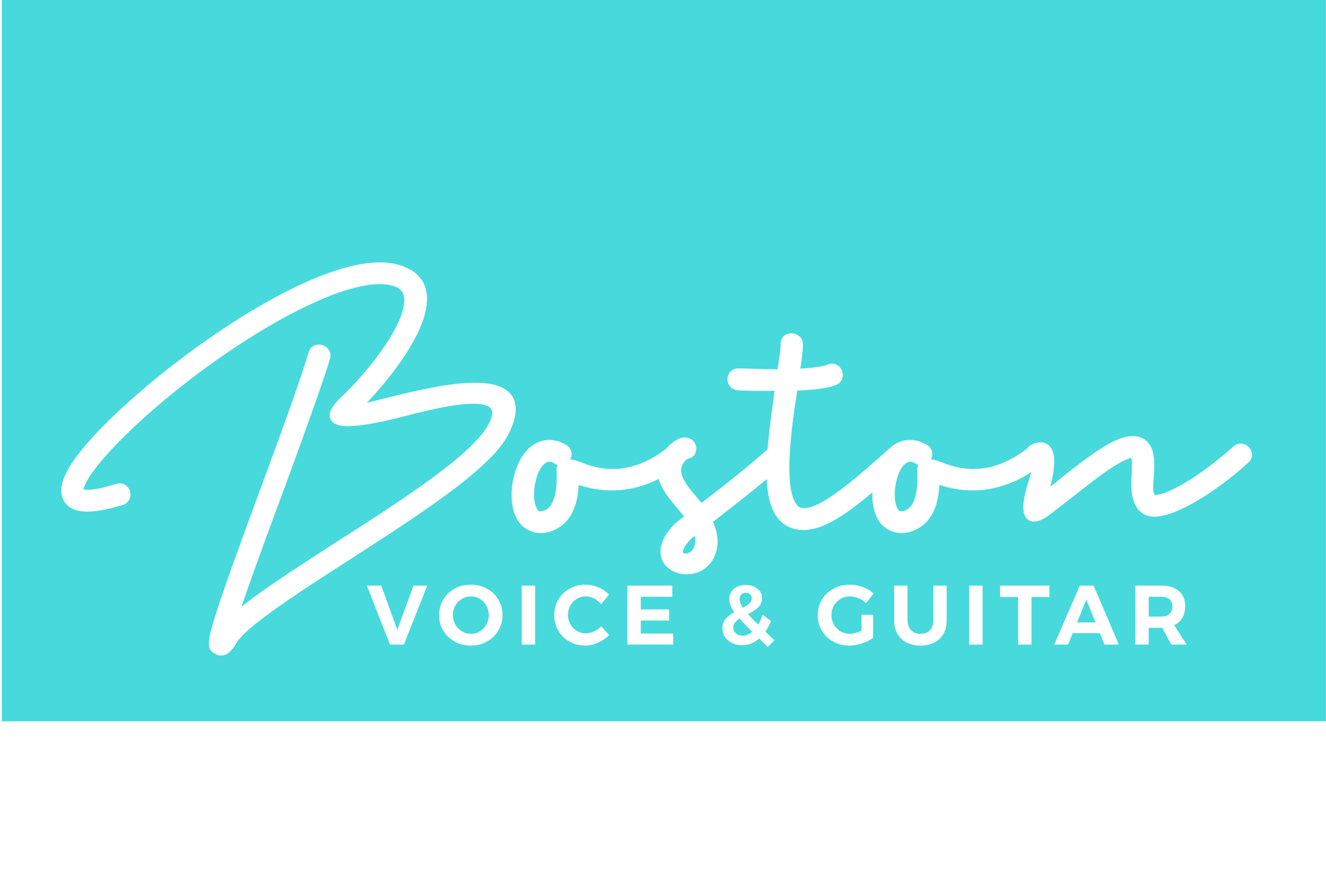How To Have Fun With Ear Training?
If you have ever wondered how someone could just sit down with the radio, take a listen to a song, and then immediately start playing that song, then this exercise is for you.
I will admit, ear training is not the funnest skills to practice on guitar. It is something I struggled with for a long time and something I continually work on. Ear training is essential to improvisation, playing lead guitar and jamming and playing with other musicians.
So how do you combat ear training while still having fun?
One of my personal favorite things to do it to put on one of my favorite radio stations and sit down with my guitar and try and figure out what key the song is in. Once you figure out the key of the song, playing along either rhythm or lead is easy. If you are new to ear training, try this process first.
Playing Chords With A Song
When sitting down with a song, try playing one chord to see if it sounds good. G is one of the most common chords used in a song, so it’s a good place to start. If the G chord does not song like it fits anywhere, switch to a different chord. See if you can figure out, one by one what chords are actually used in the song.
Do not worry about figuring out the chord progression or even playing along in the beginning. You may be surprised to find out that often times, songs repeat the same chords over and over again. This is because there are only so many chords and so many chords progression, so repetition is frequent.
Doing this often will help you start to be able to hear different chords right from the start. If you do not know a lot about music theory, do not worry. You can check out my article on basic music theory to see if that helps. Just sitting down with your guitar and training your ear will do wonders for your ability to recognize different chords.
Playing Lead With A Song
If you are familiar with minor pentatonic or major scales, again, sit down with the radio and try and figure out what key the song is. If you are just starting out with improvisation and scale modes, starting with the first position of the pentatonic or first mode of the major scale will work for now. As you progress and get more familiar with each scale position, you will be able to start anywhere on the guitar and be able to play along using your ear only.
One thing you can try to do is follow the vocal melody and hit every note that the lead vocal is hitting. You can also try repeating the ends of vocals phrases after the vocalist stops singing. This is a great way to learn melodic patterns on your guitar and will improve your ear over time.
